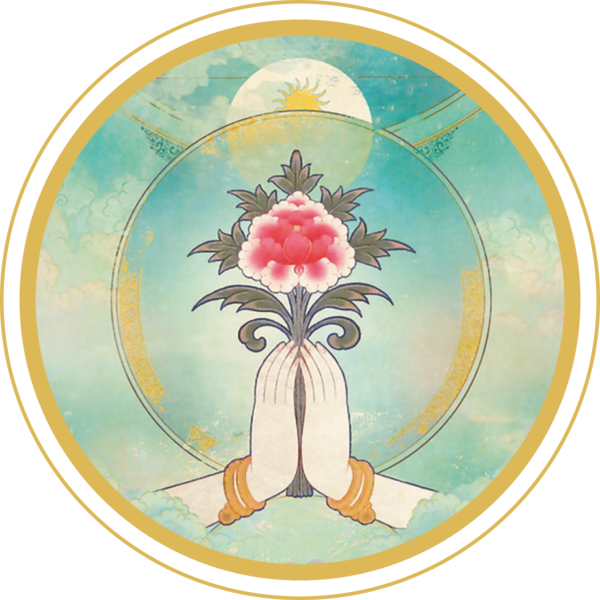
MOKSHA: OUR INNATE AND OMNIPRESENT STATE OF FREEDOM!
In this surreal context, don't some of you feel inhibited or coerced, others controlled or abused?
As Yogi, we have this awareness of the thoughts that go through us: some are positive: Shanti Vritti (example: "we are going to a better world...") and others are negative ("we are still stuck at home!"), and cause us suffering: Duka Vritti.
But whatever the nature of these thoughts, we Yogis have only one objective, to free ourselves from them, to be free, to be a Mumukshu!
Indeed this state of liberation from external constraints, from the constraint of the mind on our own Peace is called Moksha.
The next question then would be how to achieve the state of Moksha? What is this spiritual way of life designed to sincerely and deeply live my true nature of freedom? Free and Peaceful, say the Upanishads (sacred texts of India).
To put it in simple language, Karma Yogaḥ or Spiritual Life is the answer. It has three aspects, three factors are essential:
सत कमावरण (sat karmāṇi),
सत गणम (sat guṇāḥ),
सत भातना (sat bhāvanā).
- The first part of karma yogaḥ Satkarmāṇi means, good deeds or noble actions. A good action is defined as one that contributes to the greater number, the collective, in which the number of beneficiaries is large. The greater the number of beneficiaries, the more important the action.
- The second part of karma yogaḥ is Satguṇāḥ. This involves wholesome virtues, wholesome values such as truthfulness, compassion, humility, consideration for others, etc. These wholesome virtues, wholesome values and wholesome morals are called sat guṇāḥ.
- The third part of karma yogaḥ is sat bhāvanā. This refers to a wholesome attitude towards everything in creation. This would include an attitude towards family members, neighbors, human beings, animals, plants, nature, etc. A general attitude emphasized by our scriptures is an attitude of reverence towards everything.
The ancient scriptures of Yoga and Vedanta implore us not to view creation as an enemy to be defeated, but rather as a friend with whom we coexist, work and grow. This is why in our Vedic culture, as in many others, we treat everything with reverence.
The earth is sacred to us, the water is sacred, the air is sacred, the sun is sacred, the moon is sacred and the food is sacred. Everything and anything is sacred. Money is sacred. The goddess Lakṣmī Dēvī symbolizes wealth. This respectful attitude towards everything is a bhāvanā (state) that is the guarantor of our inner Freedom, the only one that is unconditional. Do you feel like being conditional?
Thus, sat karmāṇi plus sat guṇāḥ plus sat bhāvanā constitute Karma Yoga: The Spiritual Life, our Path to Freedom: Moksha.
Hari OM Tat Sat. Anandi- Audrey


